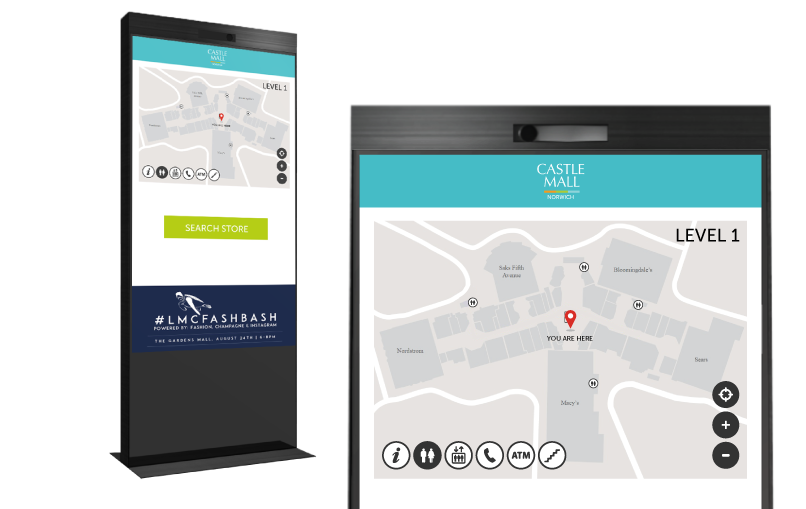Campus Wayfinder
Date Created: May 2020
The Campus Wayfinder is a Windows application that allows users to get directions between rooms on the University of Lethbridge Campus. The project was completed for an independent study under the supervision of Dr. Stefan Kienzle with the University of Lethbridge Geography Department.
Tech Stack
- Windows Platform Foundation (WPF)
- .NET Framework (v 4.8)
- ArcGIS Runtime SDK for .NET (v 100.8)
- ArcGIS Pro
Features
Navigate around a 3D campus
Users can pan, tilt, and zoom in/out to explore the buildings on the University of Lethbridge Campus. Clicking on a building will display additional details about each building.
View rooms within buildings
Selecting a building from the drop down menu will zoom to the building and display rooms within that building. Note: This project was designed as a proof of concept, thus room data is only available in the Water and Environmental Science Building (WESB)
Get direction between rooms
Selecting a start and a destination room will compute directions between the rooms
Apply restrictions to route
Users can apply restrictions to accommodate mobility needs, such as avoiding stairs or elevators. Users can also pick between the fastest route (i.e. least time) and the shortest route (i.e. least distance)
Details
The application was designed to mimic the kiosk wayfinders found in shopping malls to assist users navigate the University of Lethbridge campus. Ideally, data from all buildings would be created and included in the application in order to help people get to any room on campus, however, the data preparation process is extremely time consuming. Hence, the scope was reduced to make it possible to complete the project on time.

An example of a shopping mall wayfinding application
This project utilizes a the ArcGIS Runtime SDK for all data visualizations and route computations. The routes are computed using a custom Network Dataset created using ArcGIS Pro to find a path between the selected rooms.
The buildings and rooms datasets were created using ArcGIS Pro, by tracing and manipulating CAD data into the required datatype. This project was designed to serve as a proof of concept for this type of application on the University of Lethbridge campus. As such, room data was only created for the Water and Environmental Science Building (WESB).